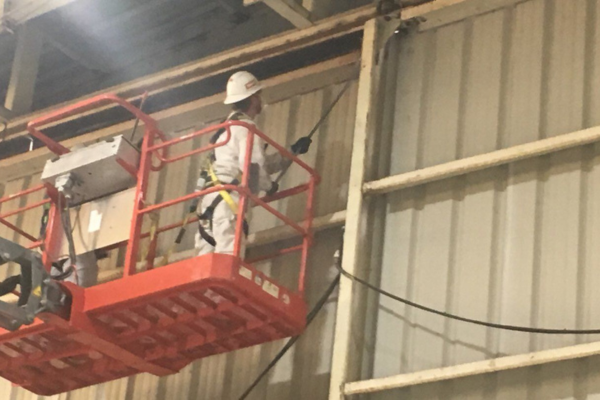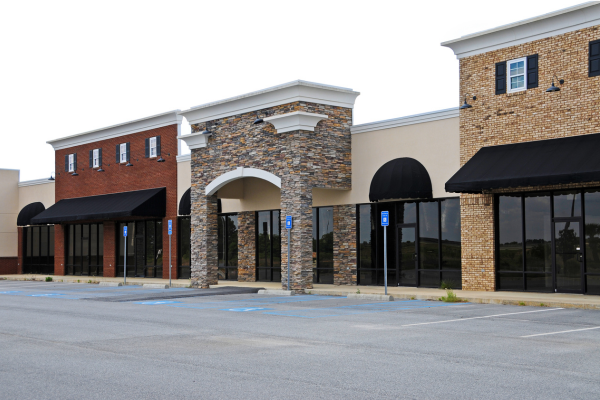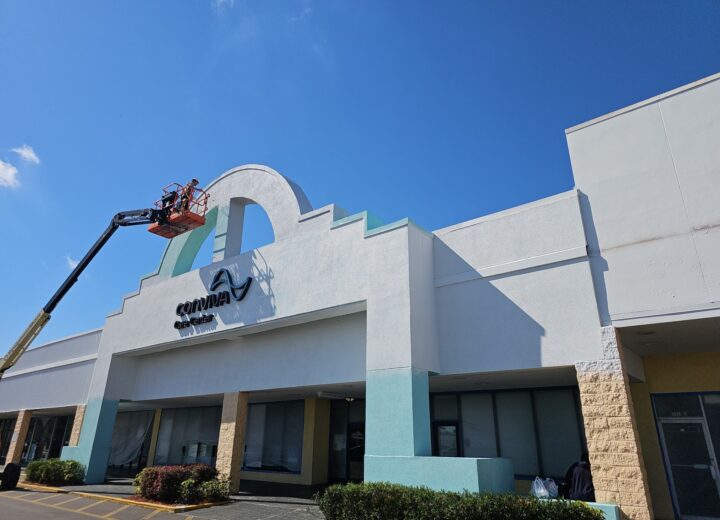
When looking through different kinds of sealers for exterior concrete, there are a few things to keep in mind. We are here to help you to understand what the differences are between different types of concrete sealers and which is best to use in exterior situations.
All sealers for concrete are not created equally. Some are only good for surface covering, while others go more in-depth to help protect your exterior concrete.
There are two chief forms of concrete sealers, with one type being just a simple topical concrete sealer, and the other being a penetrating concrete sealer.
You might wonder what a penetrating sealer is, so let us go over its definition as well as the difference between the two types.
Penetrating Sealers Verses Topical Sealers
According to Corrosionpedia “A penetrating sealer is an economical, no sheen, water-based penetrating or impregnating sealer for all porous surfaces.”
This particular kind of sealer saturates deep down into the concrete so that it can protect against things such as abrasions, heat, moisture intrusion and stains.
Think of your concrete as a sponge. It is porous and soaks up your sealer, even when it does not leave a shiny sheen on the surface. With the application of a penetrating sealer, the concrete becomes more molded together so that it can withstand constant day to day wear.
As for topical sealers, their limited protection only shields the top layer of the concrete’s surface. By just covering the surface of the substrate, it will not hold up as well against such things as abrasions or constant exposure to exterior elements.
Of course your choice between the two will depend on what your concrete substrate will be used for and what elements it will come into contact with.
Penetrating Sealers
This consists of:
- Fluoropolymers
- Hybrids (Combination of sealers)
- Silanes
- Silicates
- Siliconates
- Siloxanes
Topical Sealers
This consists of:
- Acrylics
- Polyurethanes
- Urethanes
Even though each of the above sealers works differently, special additives can be mixed in which can give the bond added benefits. Some of these benefits can include alternative textures, colors, slip resistance, and graffiti resistance.
Some of the places that you can use sealers on are areas such as building and border walls, driveways, and patios to name a few.
Knowing the look that you want to achieve can also help in identifying which of these sealers you should use. It is possible to end up needing more than one kind of sealer for the same project.
It should be noted that if the exterior concrete has been treated before with any form of sealer, you will need to find out what kind of sealer was used. Once you know the type, then you will need to find out what steps need to be taken before you can re-coat the surface. The surface will more than likely require extra work so that the new sealer will be able to bond to the substrate.
When you need to have any concrete sealed, it is best to have someone that understands all the factors that can interfere and break down your concrete substrate, as well as the specifications of each sealer.
Professional Painting contractors will be your best bet in getting a quality coating job done. When choosing a qualified painter, you are investing in the quality of your business.






